Keynote Speaker
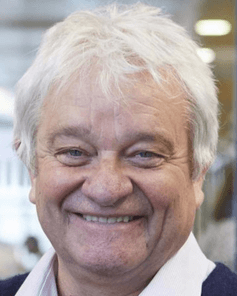
Paul Nurse
Crick Institute, England
Director and Chief Executive Officer of the Francis Crick Institute
Nobel laureate for the discovery of key regulators of the cell cycle
The Nurse lab investigates how the successive events of the cell cycle are coordinated and regulated, and how cells monitor and control their size. They use fission yeast as a model organism. (https://www.crick.ac.uk/research/labs/paul-nurse)
Invited Speakers
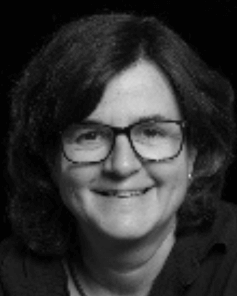
Mar Alba
IMIM - Barcelona, Spain
The group of Mar Albà works on unraveling the evolutionary processes that give rise to new proteins, with a special emphasis on proteins evolved from previously non-coding genomic regions or de novo.
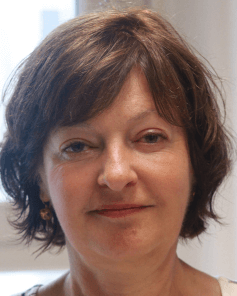
Valérie Borde
Institut Curie - Paris, France
Our lab studies the molecular mechanisms of DNA double-strand breaks repair by homologous recombination, with a special focus on meiosis, using the budding yeast S. cerevisiae as a model system.
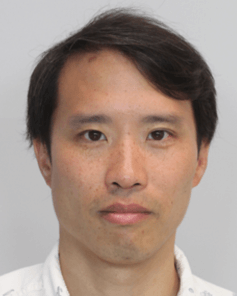
Michael Chang
European Research Institute for the Biology of Ageing (ERIBA), Netherlands
Our lab is focused on understanding how cells deal with DNA sequences that are particularly challenging to replicate or repair.
https://eriba.umcg.nl/groups/telomeres-and-genome-integrity/
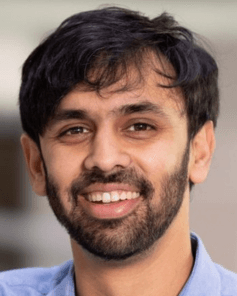
Gautam Dey
EMBL, Germany
Evolution and diversity of mitosis, using comparative cell biology, genomics, and experimental evolution in multiple microbial eukaryotes.
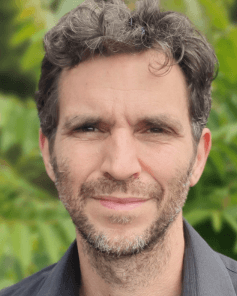
Romain Koszul
Institut Pasteur, France
The Koszul lab explores general principles and species-specific regulation of genome organization and how they relate to chromosome metabolisms, by combining genetics, genomics, synthetic biology and computer science.
https://research.pasteur.fr/en/team/spatial-regulation-of-genomes/
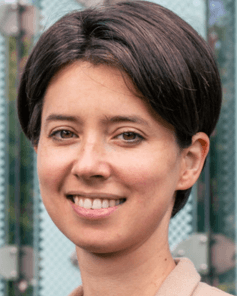
Elena Kuzmin
Concordia University, Canada
The Kuzmin lab uses complex genetic interactions to understand duplicated gene evolution and genetic network conservation.
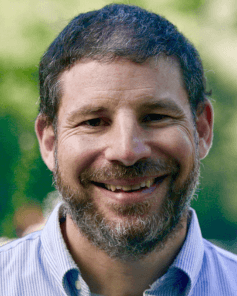
Robbie Loewith
University of Geneva, Switzerland
My lab employs genetic and chemical and structural biology approaches in the model S. cerevisiae to reveal how the Target Of Rapamycin (TOR) signalling network regulates growth in eukaryote cells, and recently how it contributes to pathogenicity of the filamentous rice blast fungus Magnaporthe oryzae.
https://mocel.unige.ch/research-groups/robbie-loewith/overview
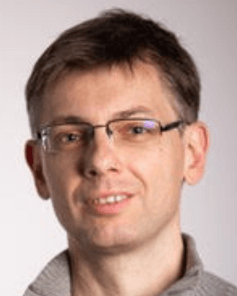
Balázs Papp
Biological Research Centre & HCEMM, Szeged, Hungary
The Papp lab is interested in evolutionary systems biology in yeast and beyond. They study how molecular networks and genomes evolve by combining computational and high-throughput experimental approaches.
http://group.szbk.u-szeged.hu/sysbiol/papp-balazs-lab-index.html
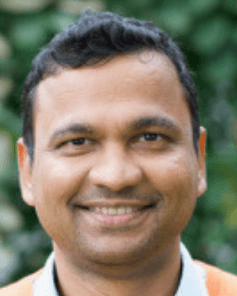
Kiran Patil
University of Cambridge, England
Patil lab combines computational and experimental approaches to discover and modulate metabolic interactions in microbial communities.
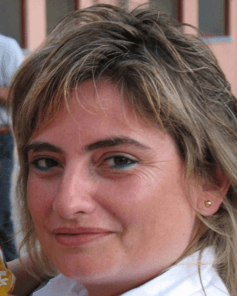
Maria Pia Longhese
Milano Bicocca University, Italy
Maria Pia Longhese studies the mechanisms governing the cellular response to DNA damage and telomere homeostasis, using S. cerevisiae as a model organism. Her research focuses on understanding how cells sense, process and repair DNA lesions.
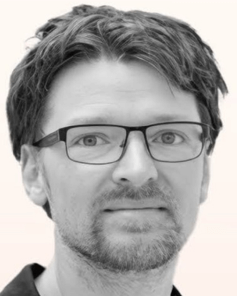
Markus Ralser
Charité Universitätsmedizin, Berlin; U Oxford, Germany
The Ralser lab investigates the regulatory functions of the metabolic network, its dynamics and its evolution, by combining high-throughput metabolomic and proteomic methods.
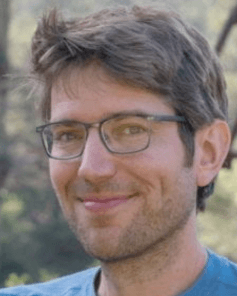
William Ratcliff
Georgia Tech, USA
Our lab uses a combination of synthetic biology, directed evolution, and mathematical modeling to understand how multicellular organisms evolve from single-celled ancestors, using yeast as a model.
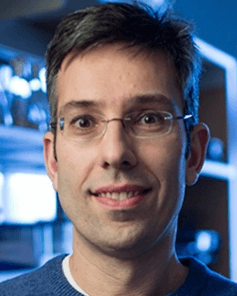
Antonis Rokas
Wanderbilt University, USA
Research in the Rokas laboratory (http://www.rokaslab.org/) focuses on the study of the DNA record to gain insight into the patterns and processes of evolution using a combination of computational and experimental approaches.
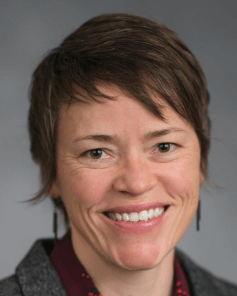
Anna Selmecki
University of Minnesota, USA
Anna Selmecki studies the dynamics and consequences of aneuploidy and polyploidy in fungi.
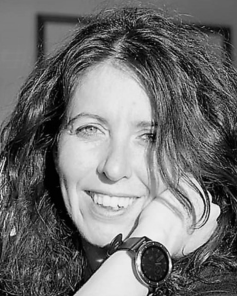
Evelina Tutucci
University Amsterdam, Netherlands
Our lab combines single-molecule RNA imaging techniques, molecular biology and yeast genetics, to investigate how the spatiotemporal control of gene expression influences fungal growth and differentiation.
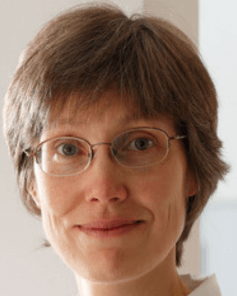
Helle Ulrich
Mainz, Germany
Our lab studies the regulatory mechanisms that contribute to ensuring the complete and accurate duplication of a cell’s genetic information in every cell cycle, especially in the face of DNA damage. We are particularly interested in how posttranslational protein modifiers of the ubiquitin family, such as ubiquitin and SUMO, control genome maintenance pathways, and how they employ their versatile signalling capacity to regulate other cellular processes.
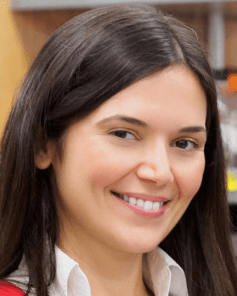
Elçin Ünal
University of Berkeley, USA
My lab is interested in understanding the principles and regulations governing gametogenesis/meiosis. Leveraging Saccharomyces cerevisiae as a primary model system, we study gametogenesis in two different frameworks: first, in the context of gene regulation, and second, in the context of aging, with the aim of understanding how gamete formation promotes cellular rejuvenation and eliminates age-associated damage.

Kevin Verstrepen
VIB-KU leuven, Belgium
Kevin Verstrepen’s team uses Saccharomyces cerevisiae to study the molecular principles underlying adaptation to varying environments. The lab exploits its expertise in evolution, ecology and molecular biology to generate superior industrial yeasts for the production of food, beverages, biofuels, pharmaceuticals and fine chemicals.

